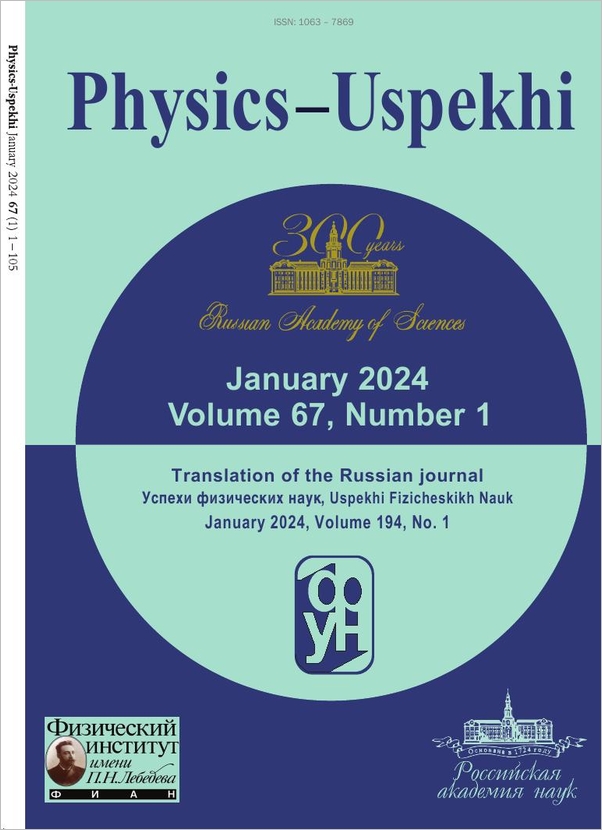|
This article is cited in 206 scientific papers (total in 206 papers)
REVIEWS OF TOPICAL PROBLEMS
Nonadiabatic transitions in atomic collisions
E. A. Solov'ev
Leningrad State University
Abstract:
The adiabatic approximation is used in the physics of atomic collisions to calculate the parameters of inelastic (nonadiabatic) transitions between electronic states of colliding atoms (excitation, charge transfer, ionization) when, on the one hand, the motion of nuclei can be treated classically and, on the other, their relative velocities are low. The problem then reduces to solution of the secular Schrödinger equation for electrons with a Hamiltonian dependent on the internuclear distance and varying slowly with time. The review presents an asymptotic theory of nonadiabatic transitions between bound states as well as from bound states to a continuous spectrum without any limitations on the nature of the electron Hamiltonian of the kind encountered in exactly soluble models, except that a low value of the relative velocity of the nuclei is assumed. In addition to a general theory, the review deals with the various mechanisms of one-electron nonadiabatic transitions in the specific case of the simplest three-particle quasimolecular system (two nuclei and an electron). The concluding section deals with some modifications of the adiabatic approximation necessary for matching to the physical boundary conditions and calculation of the isotopic effects.
Citation:
E. A. Solov'ev, “Nonadiabatic transitions in atomic collisions”, UFN, 157:3 (1989), 437–476; Phys. Usp., 32:3 (1989), 228–250
Linking options:
https://www.mathnet.ru/eng/ufn7627 https://www.mathnet.ru/eng/ufn/v157/i3/p437
|


| Statistics & downloads: |
| Abstract page: | 73 | | Full-text PDF : | 22 |
|





 Contact us:
Contact us: Terms of Use
Terms of Use
 Registration to the website
Registration to the website Logotypes
Logotypes








 Citation in format
Citation in format 
